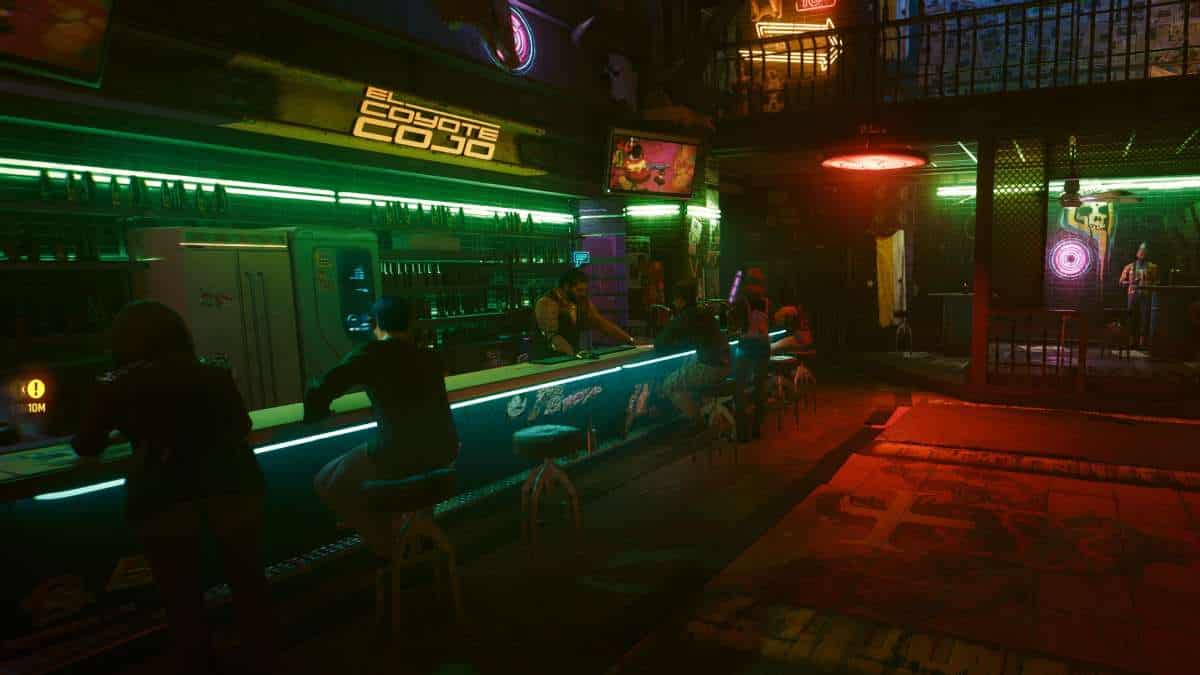You can trust VideoGamer. Our team of gaming experts spend hours testing and reviewing the latest games, to ensure you're reading the most comprehensive guide possible. Rest assured, all imagery and advice is unique and original. Check out how we test and review games here
Here’s our guide on the best graphics settings for Cyberpunk 2077’s 2.0 update. If you’re looking for a performance or FPS catered optimisations – here’s what you’re after.
The new update for Cyberpunk 2077 2.0 introduces DLSS 3.5 for all those on Nvidia RTX graphics cards, so make sure you’ve got one of these before you rig yourself up here. If you don’t, consider checking out our best graphics cards for 4K, which will no doubt cover what you’re looking for. However, if you’re on an AMD or Intel GPU, you’re still going to be able to use these settings, you’ve just got to make sure to adjust accordingly.
Cyberpunk 2077’s had a somewhat infamous reputation thanks to its graphics. While it was heavily anticipated upon release, the terrible PC optimisations experienced upon release stole the wind out of the game’s sales. Now, though, a new update has come overhauling everything just in time for the upcoming Phantom Liberty.
If you’re curious as to what the most optimal graphics settings will be in preparation for this – check out what we’ve tested out here.

Firstly, we’d recommend using VSync depending on what display you have. If you’re using a display without G-Sync or Freesync, we’d recommend enabling VSync so you don’t experience any screen tearing. We’d also recommend you use a resolution you know you’re going to be able to render the game at. Avoid 4K if you’re on older hardware.
DLSS is a must have, or AMD FSR 2.1 / Intel Xe Super Sampling depending on what GPU you have. If you can, definitely use DLSS as it’s going to offer a fantastic and much needed performance boost to the game.
Disable Chromatic Aberration to reduce any unnecessary stress on the GPU, and get rid of Lens Flare and Motion Blur.
- VSync – On (depending on whether or not you have a G-Sync / Freesync compatible display)
- Maximum FPS – On
- Value – 60
- Windowed Mode – Windowed Borderless / Fullscreen
- Resolution – Personal preference (1920 x 1080 for performance.)
- HDR Mode – Preference
- NVIDIA Reflex Low Latency – On
Graphics
- Quick Preset – Custom
- DLSS Frame Generation – On (if using Nvidia card)
- DLSS Super Resolution – Ultra Performance (if using Nvidia card)
- DLSS Sharpness – 1 (if using Nvidia card)
- DLSS Ray Reconstruction – Off (if using Nvidia card)
- NVIDIA DLAA – Off (if using Nvidia card)
- Dynamic Resolution Scaling – Off
- AMD Fidelity FX Super Resolution 2.1 – Ultra Performance (if using AMD card)
- Intel Xe Super Sampling 1.1 – Ultra Performance (if using Intel card)
- Field of View – 85
- Film Grain – Off
- Chromatic Aberration – Off
- Depth of Field – On
- Lens Flare – Off
- Motion Blur – Off
- Contact Shadows – On
- Improved Facial Lighting Geometry – On
- Anisotropy – 4x
- Local Shadow Mesh Quality – Low
- Local Shadow Quality – Medium
- Cascaded Shadows Range – Low
- Cascaded Shadows Resolution – Low
- Distant Shadows Resolution – Medium
- Volumetric Fog Resolution – Medium
- Volumetric Cloud Quality – Medium
- Max Dynamic Decals – Low
- Screen Space Reflections Quality – Low
- Subsurface Scattering Quality – Low
- Ambient Occlusion – Off
- Color Precision – Low
- Mirror Quality – Low
- Level of Detail – Low
- Crowd Density – Low
- Ray Tracing – Off
- Ray Traced Reflections – Off
- Ray Traced Sun Shadows – Off
- Ray Traced Local Shadows – Off
- Ray Traced Lighting – Off
- Path Tracing – Off
- Path Tracing in Photo Mode – Off
Ray Tracing is optional, though you’re only going to want to try this if you have one of the latest GPUs from Nvidia or AMD, preferably one that sits within the flagship ranges of the brands graphics cards. The best graphics cards for ray tracing will inform whether or not you should try it out with Cyberpunk 2077 or not.
When we tested out these graphics settings we experienced a consistent 60FPS on an RTX 2070 Super, and frame rates well above 120 with an RTX 3090.
